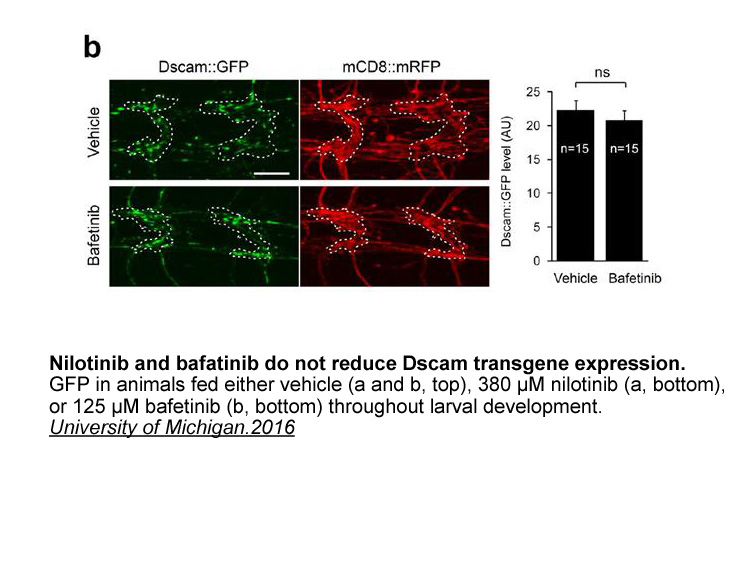Archives
br In a reanalysis of our
In a reanalysis of our results, Michelle Remme and colleagues (October, 2015) found that “secondary schooling might [even] be as good an HIV investment as male circumcision”, not to mention more expensive biomedical options. As Remme and colleagues rightly point out, we had excluded from our cost-effectiveness calculations the myriad other benefits to secondary schooling beyond HIV. If the HIV cyclosporin paid the costs of schooling net of those other benefits, secondary schooling would be extremely cost-effective. A crucial question is how to operationalise this insight. Remme and colleagues suggest a “cofinancing” approach based on willingness to pay in the HIV sector: HIV budgets would contribute to educational funding up to the value of their next best investment (ie, male circumcision). Of course, the impact of cofinancing will depend not just on the size of the subsidy, but also on the elasticity of supply in the education sector. There is urgent need for case studies to determine whether cofinancing can be successfully implemented.
In a Comment, Karen Ann Grépin and Prashant Bharadwaj wrote: “increasing access to education in low-income countries should be an important priority.” But at what level of schooling should such investments be made? Investments at different school levels may have vastly different health effects due to several factors such as stages of cognitive development, risk exposures, and long-run habit formation. We found a large causal effect of upper secondary schooling on HIV infection, but no association with primary schooling. In a natural experiment in Zimbabwe, secondary schooling led to delayed sexual debut, delayed  fertility, and reduced child mortality. There is mounting evidence of health returns at the secondary level. Whether these results can be integrated into policy (eg, through cofinancing) will have real implications for global health.
fertility, and reduced child mortality. There is mounting evidence of health returns at the secondary level. Whether these results can be integrated into policy (eg, through cofinancing) will have real implications for global health.
The release of the new WHO recommendations (October, 2015) for preterm birth interventions is welcome. With regard to the place of tocolysis, the guidelines present a balanced view of the current uncertainties and indicate a preference for nifedipine as the drug of choice when tocolysis is considered, while emphasising the need for further research. However, an important issue in the availability and prescription of nifedipine is not covered in the WHO recommendations: that of the appropriate formulation for use in this indication. Although the evidence on nifedipine for tocolysis relates to immediate-release formulations, in low-resource countries only sustained-release formulations, indicated for hypertension, are typically available. Thus clinicians may all too easily find themselves using the wrong formulation for tocolysis.
There is no evidence to suggest that sustained-release nifedipine might have efficacy for tocolysis and there is notable potential for harm: normotensive patients who are exposed to 30 mg of a sustained-release formulation could become hypotensive over several hours. The immediate release formulation is appropriately specified in the WHO Model List of Essential Medicines but making this available in clinical settings globally may be problematic. It does not have other therapeutic uses and might be approaching the status of an orphan drug.
The Article by James Platts-Mills and colleagues (September, 2015), highlights the burden of diarrhoeal disease in young children in developing countries and also demonstrates the effect that seasonal variations have on multiple causative pathogens. Infectious gastroenteritis contributes significantly to the 1 billion episodes of diarrhoea and 3 million deaths in children under 5 years, and is the fifth leading cause of death worldwide.
Pathogens causing diarrhoea frequently show seasonality, suggesting that climate and enteric disease are inextricably linked. This link has important implications if we accept the very real threat of climate change on human health. WHO quantified the impact of global warming on diarrhoea, report ing that warming by 1°C was associated with a 5% increase in diarrhoea. Increased rainfall has been associated with higher incidence of norovirus whereas rotavirus often peaks in colder months. As such, extreme weather events associated with climate change are likely to alter patterns of gastroenteritis. The increased replication rate of some bacterial and viral pathogens in warm conditions, combined with poor water and sanitation infrastructure, means that people in developing nations are particularly vulnerable.
ing that warming by 1°C was associated with a 5% increase in diarrhoea. Increased rainfall has been associated with higher incidence of norovirus whereas rotavirus often peaks in colder months. As such, extreme weather events associated with climate change are likely to alter patterns of gastroenteritis. The increased replication rate of some bacterial and viral pathogens in warm conditions, combined with poor water and sanitation infrastructure, means that people in developing nations are particularly vulnerable.